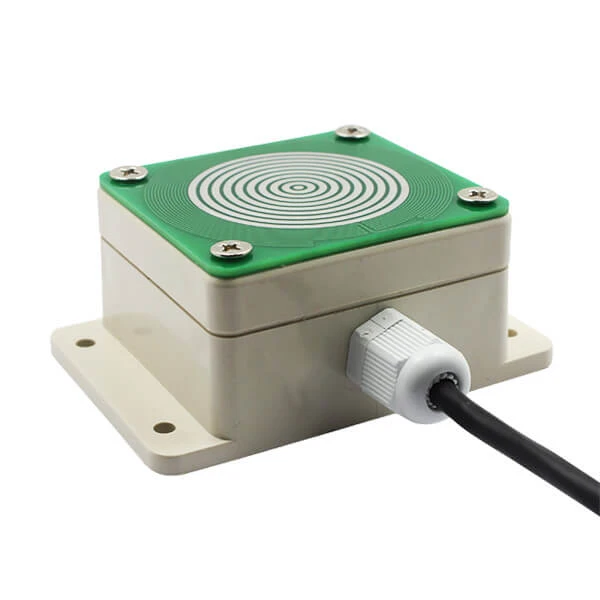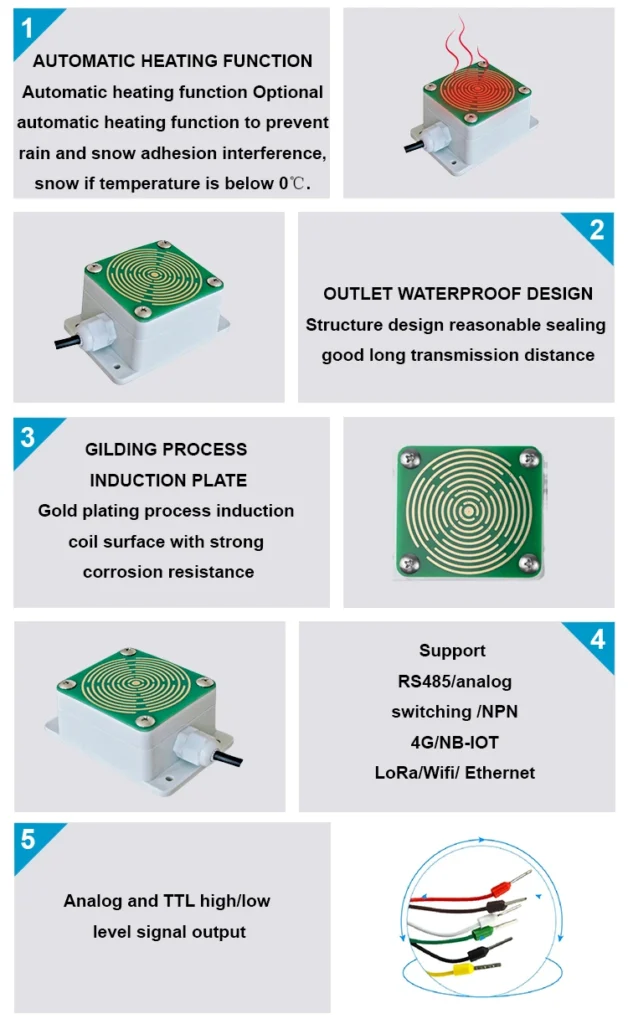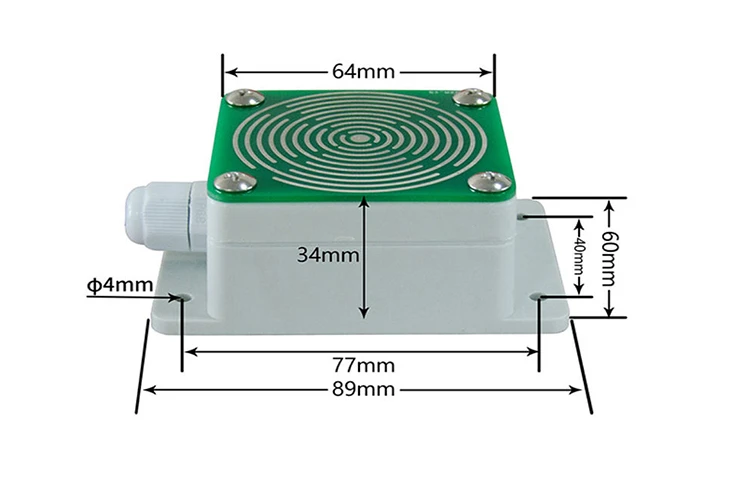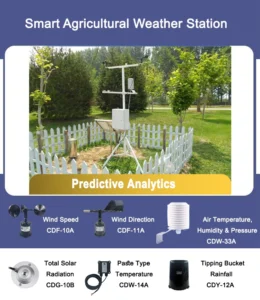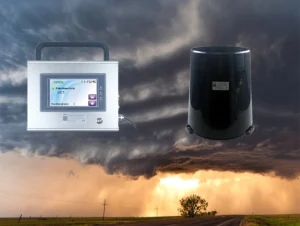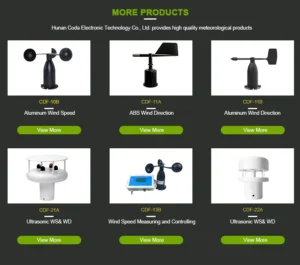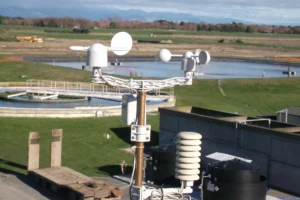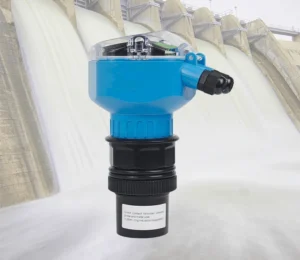How rain and snow sensors work and their practical applications
Rain and snow sensors measure natural precipitation. They are affected by changes in the atmosphere. These sensors play a key role in the Earth’s water cycle.
They give fresh water to land animals that are far from rivers and lakes. Rain is the main cause of surface runoff. It is also the main way to refill groundwater.
Rain and snow are both types of natural precipitation. They come from changes in the atmosphere and are important for the Earth‘s water cycle. They help provide fresh water to land-based organisms that are far from rivers and lakes.
The uneven spread of rainfall and its changes over time can cause flooding, waterlogging, and drought.
There are two types of sensors for rain and snow. The first type is rain gauges, which measure rainfall. The second type is rain and snow sensors, which detect when it rains or snows. As I learned more,
I saw that many articles discuss rain gauges. However, there are not many articles about rain and snow sensors. This article will explain rain and snow sensors in detail.
Rain and snow sensors
A rain and snow sensor is a key part of a weather monitoring system. This device helps detect rain or snow outside.
Rain and snow sensors are used in many areas. These areas include weather, farming, industry, marine studies, and environmental studies. They are also used at airports, ports, and in transportation. These sensors give information about rain and snow.
Operating principle of the rain and snow sensor
Rainfall detection: These sensors use grid electrodes placed above them. They rely on the electrical conductivity of water. When rain falls on the sensing area, it creates a short circuit in the electrodes. This allows the device to detect and monitor rainfall effectively.
Observing snowfall: The rain and snow sensor can measure snowfall. It has an automatic heating feature. This feature stops icing and condensation in snowy weather.
It works well when temperatures stay below 0°C for a long time. It is also good in humid areas. You can also change the heating temperature.
Practical uses for rain and snow sensors (rain)
Rain and snow sensors are useful in greenhouses. When it rains, the rain sensor picks up the water. This can help reduce damage to greenhouse crops.
We connect the rain-avoidance systems in the greenhouse to the right system. This also alerts the greenhouse management team at the same time.
When farm managers miss certain weather conditions, the system finds unusual data. It quickly sends a notification to the grower.
The manager can act from far away. This helps cut down on possible losses. Even if they can’t visit the greenhouse right away, they can still handle the situation.
In situations where no staff are around, rain and snow sensors can manage the greenhouse on their own. They connect with systems using specific settings. This keeps the vegetables in the greenhouse in the best growing conditions.
Practical uses for rain and snow sensors (snow)
Rain and snow sensors can be used on highways and railway lines. In northern China, roads and railways often deal with tough winter weather, including wind and snow.
Highways often close during severe weather. Imagine being stuck on a highway during a snowstorm. It would be very frustrating to be unable to move forward or turn back.
The snow and rain sensor is a useful tool for measuring snowfall outside. It has a heating feature that stops data errors caused by ice and dew. This is important during snowfalls when temperatures stay below 0°C for a long time and in humid areas. The sensor’s grille heats up automatically in these situations.
When the sensor detects snowfall, it sends data to a cloud platform via the nearest highway or railway weather station. By checking the snowfall with other sensors, it gives timely alerts to drivers on the highway or those planning to travel. This helps them prepare in advance.
